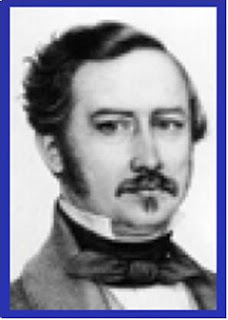“There is a need to integrate science and local knowledge. Both are vital and can be brought together only by participation” emphasized Prof. Dr. Franz Heidhues in his concluding remarks during the International Scientific Conference on Sustainable Land Use and Rural Development in Mountain Areas held at the University of Hohenheim, Germany on 16-18 April 2012. As can be seen from the figure below, scientific knowledge becomes more relevant when it is combined with local knowledge (Barrios and Trejo, 2003).
 |
| Precision & relevance of scientific and local knowledge |
Ethnopedology is the study of the local knowledge on soil and land systems of rural populations, from the most traditional to the modern. Ethnopedological research covers a wide diversity of topics centered around four main issues: (1) the formalization of local soil and land knowledge into classification schemes; (2) the comparison of local and technical soil classifications; (3) the analysis of local land evaluation systems; and (4) the assessment of agro-ecological management practices (Barrera-Bassols and Zinck, 2003; Barrios and Trejo, 2003). It encompasses many aspects, including indigenous perceptions and explanations of soil properties and soil processes, soil classifications, soil management, and knowledge of soil–plant interrelationships (Talawar, 1996).
In a recent study conducted in Vietnam and Thailand and presented in the above-mentioned scientific conference in Hohenheim, Dr. Gerhard Clemens and co-workers found, among other things, that: 1) Farmers classify their soils first of all according to soil color; 2) Farmers are able to describe soil properties and features. They also know the local factors affecting their soil; 3) Local soil classification is not consistent but the predominant soils can be efficiently identified using local soil knowledge.
 |
| An old farmer sharing some traditional knowledge |
Our own research in the degraded lands of Parasanon, Pinabacdao, Samar showed that the sweetpotato farmers possess a local knowledge system with regards to the nature of the soil and that of their sweetpotato crop. The demographic traits of the farmers clearly differed but they adhered to the same knowledge system regarding the attributes of the soil in their locality and the growth condition of their sweetpotato plants. Using their native dialect, the farmers have a soil classification scheme based on textural characteristics; they have also certain indicators of soil fertility and plant health. Moreover, the farmers know of certain problems concerning their soil or crop but they are not detracted by these because of their experience in finding ways to circumvent the situation (Pardales et al., 2001).
There has been an increasing research interest in local soil knowledge in recent years. This is the result of a greater recognition that the knowledge of people who have been interacting with their soils for a long time can offer many insights about the sustainable management of tropical soils (Barrios and Trejo, 2003).
References
Barrios E and MT Trejo. 2003. Geoderma 111: 217-231
Barrera-Bassols N and JA Zinck 2003. Geoderma 111: 171-195
Clemens G, U Schuler, BL Vinh, H Hagel, and K Stahr. 2012. International Scientific Conference on Sustainable land use and Rural Development in Mountainous Areas, University of Hohenheim, Stuttgart, 16-18 April 2012
Heidhues F. 2012. Conclusions. International Scientific Conference on Sustainable land use and Rural Development in Mountainous Areas, University of Hohenheim, Stuttgart, 16-18 April 2012.
Pardales JR, VB Asio, AB Tulin and DM Campilan. 2001. Project Report, UPWARD-CIP, Laguna.
Talawar, S., 1996. Research paper #2.Department of Anthropology, University of Georgia, Athens, USA.
























